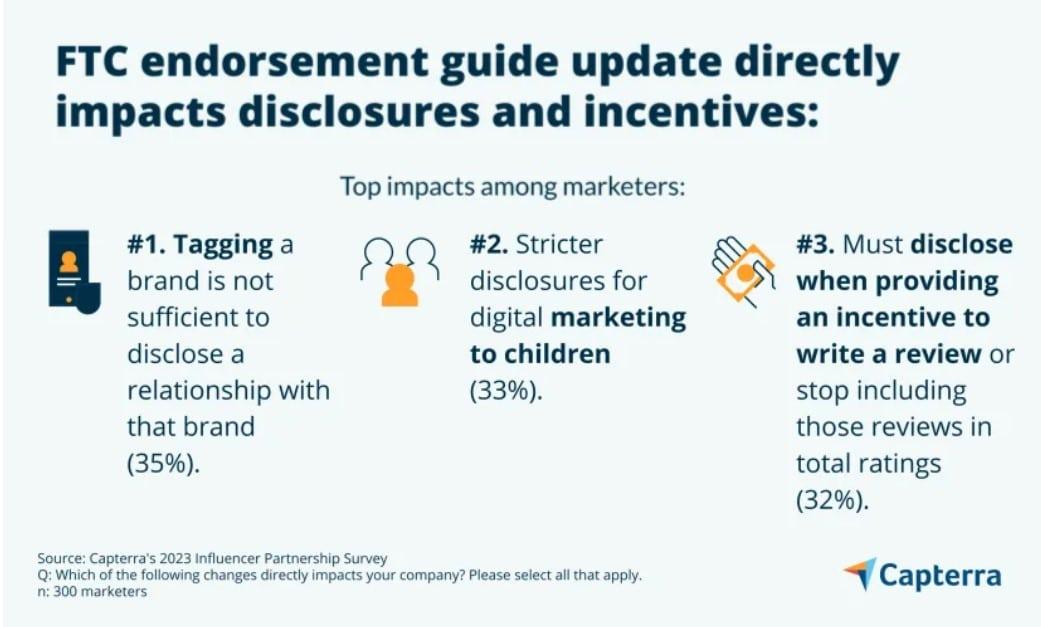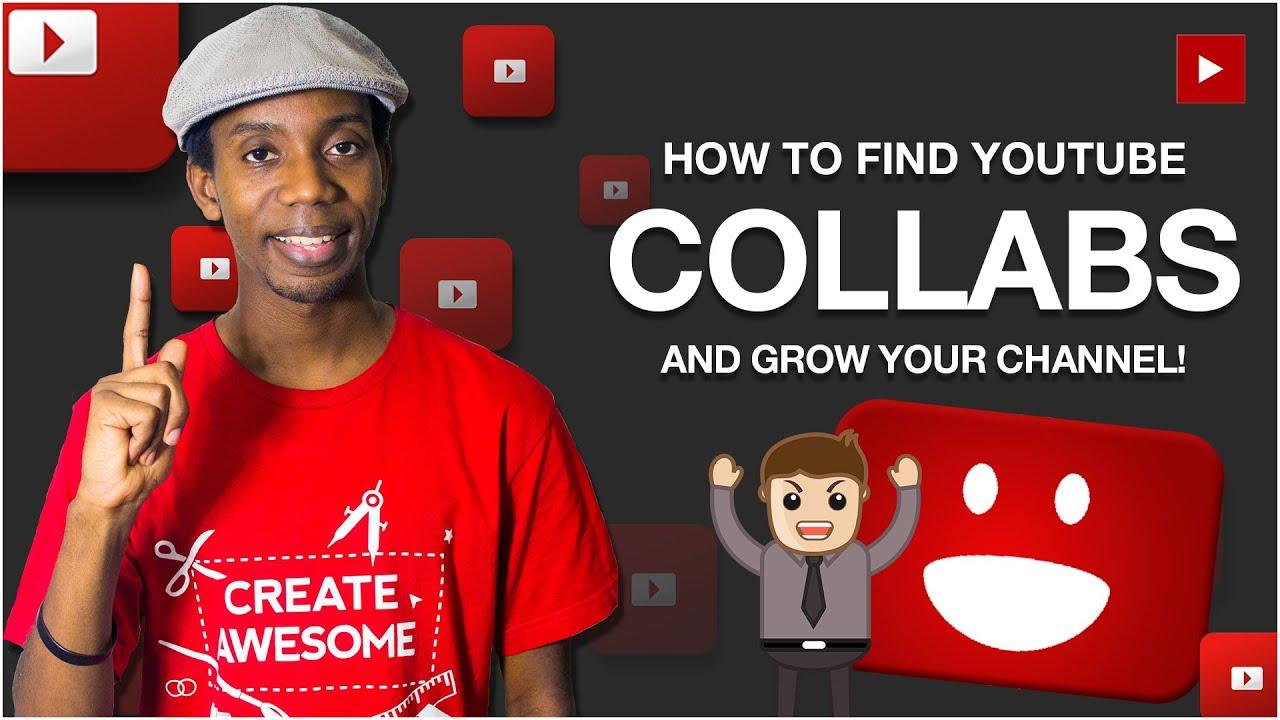
In the digital age, where a single video can launch a brand into the stratosphere and influencers command the attention of millions, the landscape of marketing has transformed dramatically. Enter the realm of YouTube influencer marketing—an intersection of creativity, authenticity, and commerce that captures the imaginations of businesses and consumers alike. Yet, beneath the glimmering surface of viral content and lucrative partnerships lies a complex web of legal considerations that can impact both creators and brands. From disclosure requirements and intellectual property rights to contract negotiations and consumer protection laws, understanding the “fine print” is crucial for anyone looking to navigate this dynamic field successfully. in this article, we will unravel the nuanced legal landscape of YouTube influencer marketing, equipping you with the knowledge to harness its potential while safeguarding your interests. weather you’re a budding influencer, a seasoned marketer, or simply curious about the mechanics of this modern phenomenon, join us as we delve into the intricacies of law that shape the influencers of tomorrow.
Understanding FTC Guidelines and Compliance for Influencer Partnerships
Understanding the Federal Trade Commission (FTC) guidelines is crucial for both influencers and brands in the ever-evolving landscape of YouTube marketing. These regulations are designed to ensure transparency and honesty in advertising, where disclosures about paid partnerships must be clear and prominent. As an influencer, it’s essential to make it evident when content is sponsored or when you recieve compensation for your endorsements.Here are key aspects to remember:
- Clear Disclosures: use terms like “ad,” “sponsored,” or “promotion” at the begining of your video titles and descriptions.
- Avoid Deceptive Practices: Misleading your audience can result in severe penalties.
- Audience Consideration: Tailor disclosures to your audience’s understanding and expectations.
For brands collaborating with influencers, adherence to FTC guidelines fosters trust and protects brand reputation.To ensure compliance, companies should provide influencers with clear instructions regarding disclosure methods. Building an effective partnership means considering both parties’ responsibilities, which can include:
| Responsibility | Influencer Role | Brand Role |
|---|---|---|
| Disclosure | Ensure clear and visible ad markers | Provide guidance and support |
| Content Creation | Create authentic promotional content | Maintain creative freedom within guidelines |
| Performance Tracking | Engage audience for feedback | Analyze metrics for campaign success |

Crafting Clear and Transparent Contracts for YouTube collaborations
When it comes to YouTube collaborations, having a well-structured contract is essential for both creators and brands. Clear agreements help prevent misunderstandings and protect all parties involved. A contract should ideally include the following elements:
- Scope of Work: Define what the creator is expected to produce, including video length, themes, and deadlines.
- Compensation Details: Specify payment structure, whether it’s a flat fee, commission, or product exchange.
- Usage Rights: Clarify who owns the content and how it can be reused or repurposed.
- Disclosure Obligations: Emphasize legal requirements for transparency, such as the use of #ad or #sponsored tags.
- Termination Clauses: Outline conditions under which the contract can be terminated by either party.
To ensure that all aspects of the collaboration are transparent, it’s wise to include a section for dispute resolution. This can outline preferred methods of arbitration or mediation, potentially avoiding lengthy legal battles. Additionally, consider implementing a timeline table within your contract for milestone deliverables, which can keep the project on track. Here’s a simple example:
| milestone | Due date | Status |
|---|---|---|
| Initial Concept Approval | Week 1 | Pending |
| First Draft Submission | Week 3 | Pending |
| Final Video Delivery | Week 4 | Pending |

Best Practices for Disclosing Sponsored Content Effectively
Disclosing sponsored content is not only a legal requirement but also a crucial element in maintaining the trust of your audience.To accomplish this effectively, creators should always ensure visibility and clarity in their disclosures. Use prominent labels like “ad,” “sponsored,” or “paid partnership” at the beginning of the video title or description. Additionally, consider verbally mentioning the sponsorship within the first few moments of your video, as this can reinforce the transparency of your content. The clearer the disclosure, the smaller the risk of misleading your viewers, which is essential for compliance with FTC guidelines.
To facilitate better understanding, influencers can also include a dedicated section in the video that outlines the nature of the sponsored content. This can be in the form of a short on-screen text or even a brief explanation. Utilizing creative visuals or a table format to summarize the brands and products featured may enhance viewer engagement while reinforcing transparency. For instance, consider presenting it like this:
| Brand | Product | Disclosure Type |
|---|---|---|
| Brand A | Product X | Sponsored |
| Brand B | Product Y | Paid Partnership |

Mitigating Legal Risks in Influencer Marketing Campaigns
When embarking on influencer marketing campaigns, it is crucial to establish clear guidelines that align with federal regulations and platform-specific policies. Compliance with the federal Trade Commission (FTC) guidelines should be a priority, and disclosure practices must be transparent and easily understood. Influencers should clearly label sponsored content with appropriate hashtags like #ad or #sponsored to ensure followers are informed upfront. In addition,marketers should provide training for influencers on how to disclose their partnerships effectively,as this mitigates the risk of misleading advertising claims that could lead to legal repercussions.
Another essential aspect of reducing legal risks is crafting extensive influencer contracts that outline each party’s rights and responsibilities. These contracts should cover areas such as content ownership, approval processes, and potential legal liabilities related to the content shared.Key elements to consider in these contracts include:
- Content Use rights: Who owns the produced content?
- Compliance with Laws: Assurance that all parties will adhere to applicable regulations.
- Indemnification Clauses: Protecting against potential lawsuits arising from the influencer’s actions.
By proactively addressing these concerns with well-defined agreements, marketers can safeguard their interests and focus on creating impactful campaigns without the cloud of legal uncertainty.
The Conclusion
As we close the curtain on our exploration of the intricate world of YouTube influencer marketing, it becomes clear that understanding the legal landscape is just as crucial as crafting compelling content. The fine print may at times seem daunting, but familiarity with the regulations and ethical standards can empower both influencers and brands to foster genuine connections with their audiences. Embracing transparency not only builds trust but also enhances the integrity of the influencer marketing ecosystem.
In this digital age, where the lines between content and advertising can blur, navigating these waters requires vigilance and a commitment to authenticity. As influencers and marketers embark on this journey, staying informed and adaptable will ensure that creativity thrives within the boundaries of the law. May this guide serve as a compass for your endeavors, enabling you to harness the power of influence responsibly and creatively. Thank you for joining us on this voyage through the fine print—together, let’s shape the future of influencer marketing for the better.